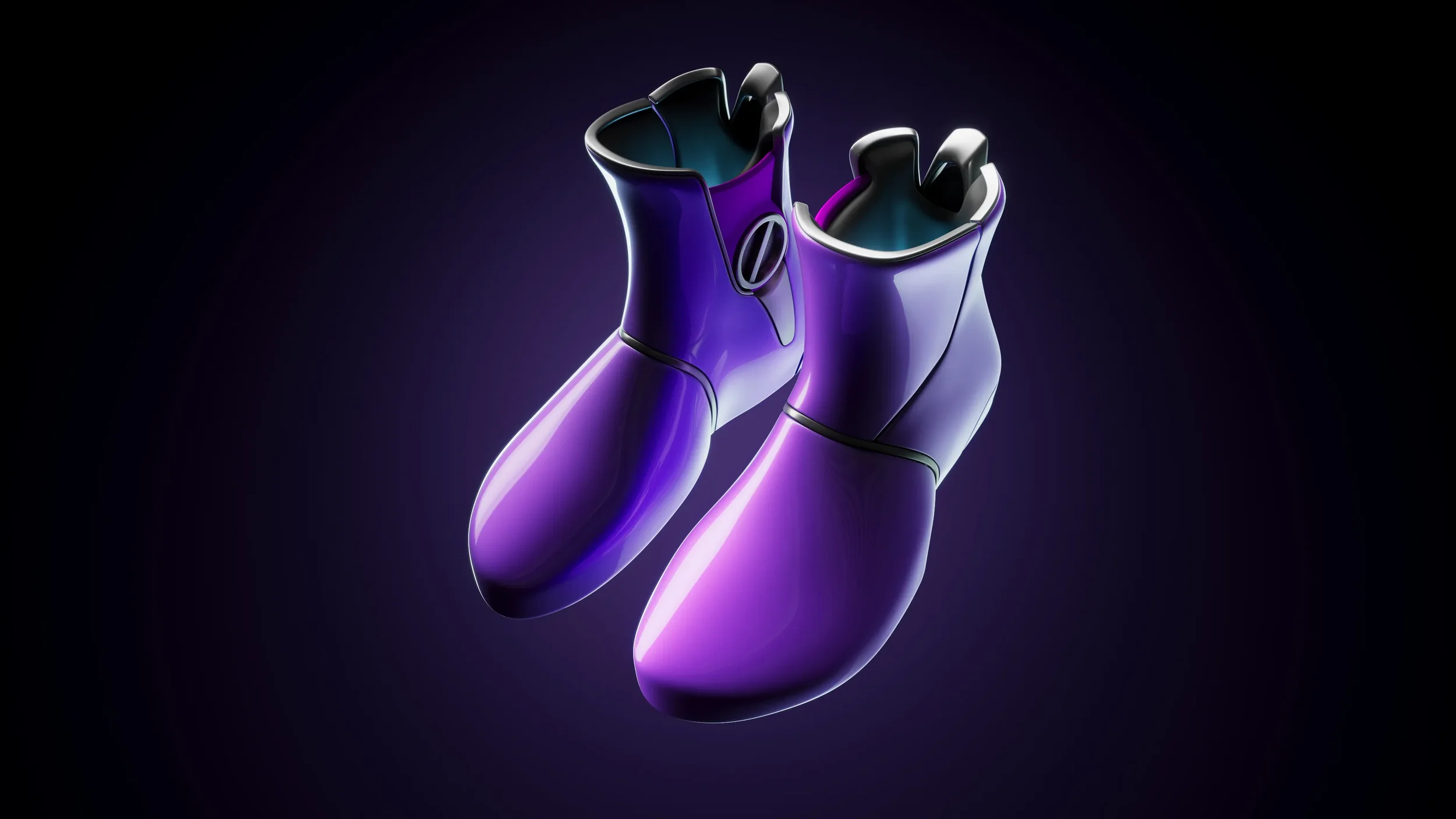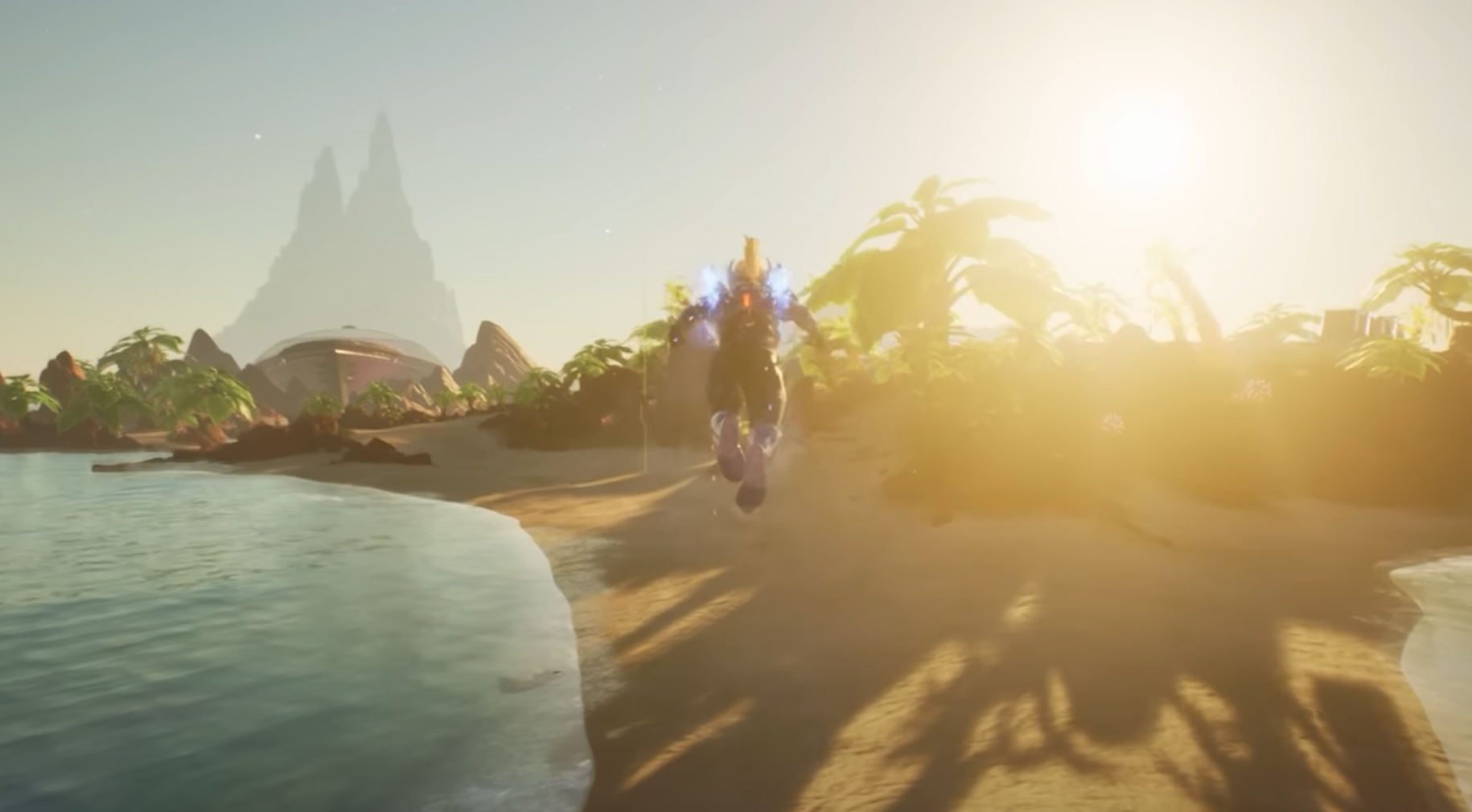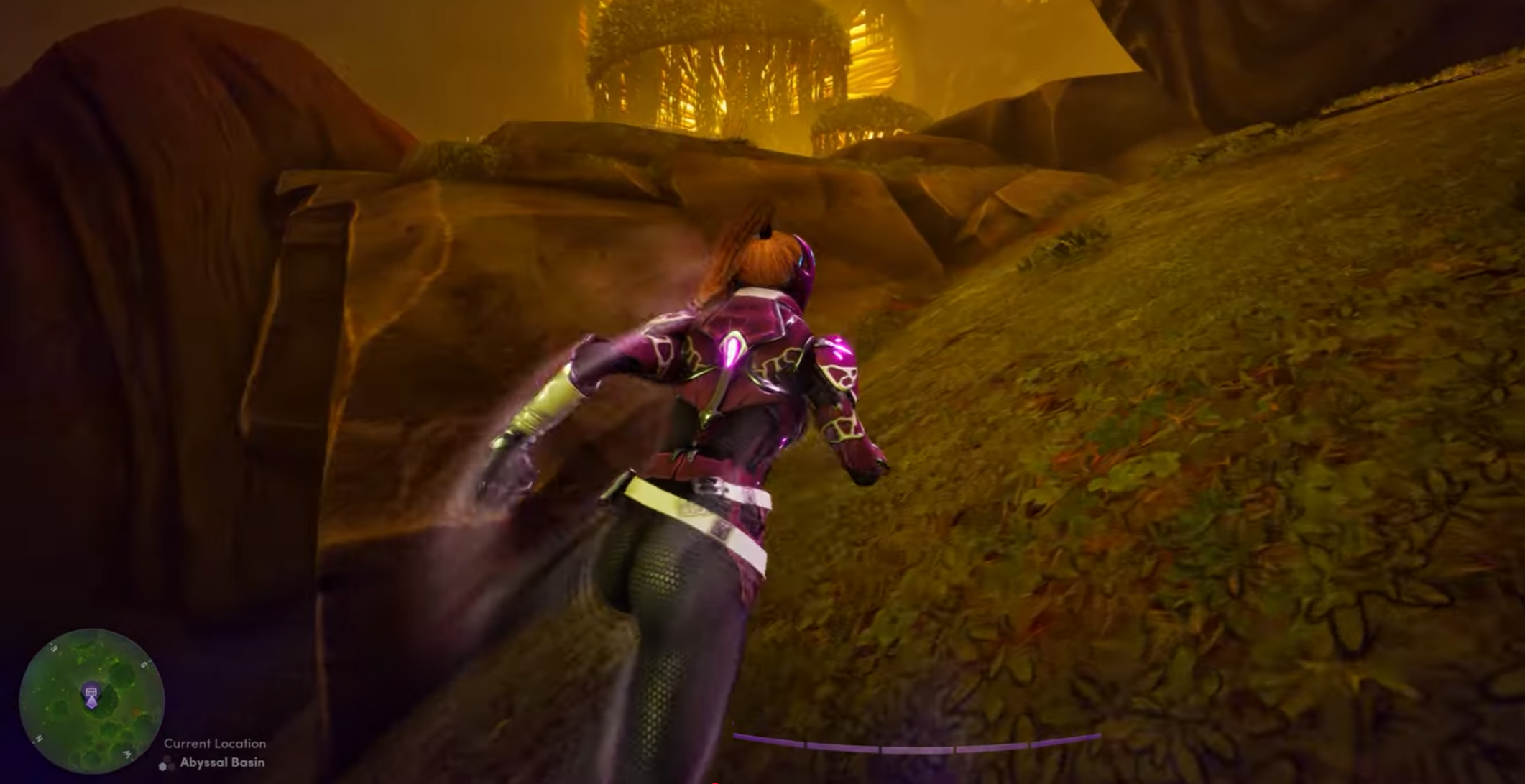Game : Illuvium Overworld
Platform : PC
Job title : Lead game designer
In Illuvium: Overworld, I was responsible for designing the character movement system. My core objectives were accessibility and depth, as our target demographic ranged from non-traditional gamers to hardcore players. As a live service MMO, we also anticipated long-term engagement, so the movement needed to remain compelling even after hundreds of hours of play.
To achieve this, I designed a system with a low skill floor but a high skill ceiling. It was built around five core components—each simple and intuitive on its own, but designed to work together systemically. Skilled players could combine these elements to manipulate momentum, enabling fast-paced, challenging, and highly rewarding movement mechanics.
Energy
To make players feel powerful, I knew the movement abilities needed to be impactful. However, giving unlimited access to these abilities would quickly diminish their impact and introduce several problems—such as breaking level boundaries and making progression-based upgrades less meaningful.
To address this, I designed an Energy system. Most movement abilities consumed energy when used, but energy would rapidly regenerate while the player remained in contact with the ground. This created a natural economy around ability usage, encouraging players to think strategically about when and how to move.
The system struck a strong balance between depth and accessibility. It was easy to understand, and since newer or less-skilled players typically spent more time grounded, they regenerated energy quickly—allowing them to experiment and improve without heavy penalties.
This mechanic also enabled the first step toward chaining movement abilities: the Slide. Since sliding kept players grounded, it allowed energy regeneration during motion, rewarding smart play and opening the door to advanced movement combinations.
Slide
A player made movement tutorial
I designed Slide as a core mechanic for advanced players—intended to be the key tool for chaining movement abilities and encouraging thoughtful pathing. Rather than rewarding the most direct route, Slide challenged players to read and react to the terrain, turning the environment itself into a skill-based puzzle.
Slide is activated via a keypress and leverages the player’s existing horizontal momentum. It can be used on any flat or sloped surface. Sliding uphill quickly drains momentum and brings the player to a stop, while flat terrain gradually slows movement. On downhill slopes, however, players gain speed rapidly—potentially allowing for infinite sliding and momentum build-up if the terrain continues downward.
Because the player is grounded while sliding, they regenerate energy during the slide. This opens up the ability to chain movement skills together, enabling skilled players to reach extreme speeds and traverse the map fluidly and efficiently.
As an emergent result of this system, players began organizing speedrunning challenges and competitions, racing through maps and pushing the movement mechanics to their limits—highlighting the depth and replayability the system offered.
Gravity Boots
The Gravity Boots were the pinnacle of high-skill movement in Illuvium: Overworld, designed to offer advanced players a powerful but nuanced traversal tool.
They functioned by holding the jump button, which would freeze the character in place and begin charging the jump. The longer the charge, the more powerful the resulting launch—consuming Energy throughout the process. However, if overcharged, the boots would fail, cancelling the jump and not refunding the Energy spent. A key design feature was a “sweet spot" just before failure, which granted a significant bonus to jump strength, rewarding players with precise timing.
What made the Gravity Boots feel fluid and skilful was their dynamic interaction with momentum and direction. While charging, players could adjust the launch direction, and the final jump would inherit the player’s current momentum at the start of the charge. This meant that a jump initiated while moving at high speed—especially after a well-executed slide—could result in a powerful, long-distance leap.
Skilled players could chain multiple Gravity Boot jumps together, provided they had enough Energy. Since sliding regenerated Energy, expert use of terrain allowed players to sustain movement indefinitely. The result: experienced players could flow across the map at extreme speeds, using terrain, timing, and momentum to their advantage.
A player charging the Gravity Boots
Jetpack
The Jetpack was designed to offer straightforward, instant forward movement. Its simplicity made it perfect for inexperienced players, helping them avoid hazards and cross gaps with ease.
For more experienced players, the Jetpack was used in micro-bursts—short, precise bursts of thrust—often combined with Gravity Boots to convert rapid forward momentum into movement in any direction. This synergy added depth and versatility to advanced movement techniques.
Wingsuit
The Wingsuit was designed to enable fast, long-distance traversal across the large Overworld maps without requiring advanced skill. It significantly expands pathing options by rewarding players who gain height, allowing rapid movement across vast distances. However, it’s largely ineffective without first achieving sufficient altitude.
Given the scale of the maps, it was important for all players to travel efficiently without spending excessive time just moving from place to place. With some planning, players could combine the Wingsuit with placeable teleport beacons to quickly explore distant areas of the map, enhancing both exploration and strategic gameplay.
Sprint
Sprint was designed to be extremely simple—primarily to accommodate absolute beginners. We had players who hadn’t played games in decades, and even the most basic movement mechanics could feel overwhelming to them.
Sprint adds a bit of excitement and helps reduce travel times for players simply using WASD to move around. It’s one of the few movement abilities that does not consume energy, and when active, the character is highlighted with a subtle shimmer effect to clearly indicate its use.





